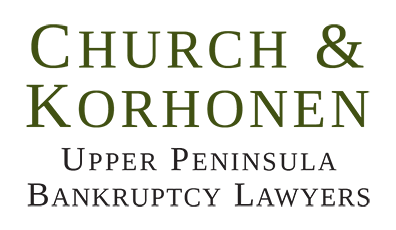For those who are not familiar with bankruptcy and how it works, it might surprise you that there are different kinds. Different situations require specific filing, but the most common two are Chapter 7 and Chapter 13. Which type you need to file may depend on things like overall income, existing assets, current debt, future financial goals, and more. Here are a few of the differences between the two that might help you figure out what your best course of action is.
Types
Chapter 7 is a type of bankruptcy known as liquidation. This process is designed to help eliminate unsecured debts. Chapter 13 is a type of reorganization in which debtors are eligible for a repayment plan based off a portion of the existing debt. This type of bankruptcy is for people with at least some form of income, and may be the only filing option depending on what your income is.
Who
Unlike Chapter 7, which allows business to file for bankruptcy, only a sole proprietor or individual can file for a Chapter 13 bankruptcy.
Restrictions
Because a Chapter 7 erases all debt, only those who have little to no income can qualify. Anyone who makes “too much” money will be required to file a Chapter 13.
Time
Typically with a Chapter 7 bankruptcy, it will take approximately three to five months to receive a discharge. For Chapter 13, you will not receive a discharge until all your agreed payments have been made, which may take up to five years depending on your payment plan.
Property and Assets
It might seem nice to see all your debt erased, but with a Chapter 7 you are giving up any non-exempt property to a trustee who will sell it to pay off your debt. With a Chapter 13 you are able to retain the rights to your property, but may be required to pay an amount equal to its value. If you don’t have any non-exempt assets a Chapter 7 will work perfectly for you, but for those who would prefer to hang onto their belongings, a Chapter 13 is the way to go.
Overall Benefits
Chapter 7 is perfect for low-income people, families, and businesses with no assets, and can allow them to make a fresh start and move forward with their lives. A Chapter 13 is perfect for anyone with a lot to lose. The ability to retain assets and property, as well as the accomplishment of paying off your debt can make Chapter 13 a worthy consideration.
Overall Downsides
Chapter 7 may be your only option, but it can mean saying goodbye to a lifetime of memories if your home is put into foreclosure or your assets are repossessed. It can be a traumatic and embarrassing situation for anyone. For Chapter 13, the obvious downside is that you still have to pay off your debt, which can be no fun at all. For years you will have that extra bill every month which can make getting back on your feet more difficult.
Filing for bankruptcy for anyone can be a terrible experience. There may be plenty of ups and downs for both types of filing, but it will be your personal situation that determines which type of bankruptcy you will be required to file. If you are experiencing financial hardships or are in need of legal advice, all Church and Korhonen, PC, toll-free at 1.800.758.5611 or simply fill out the form in the sidebar to begin taking steps to a more sound financial future, greater peace of mind and a fresh start.

